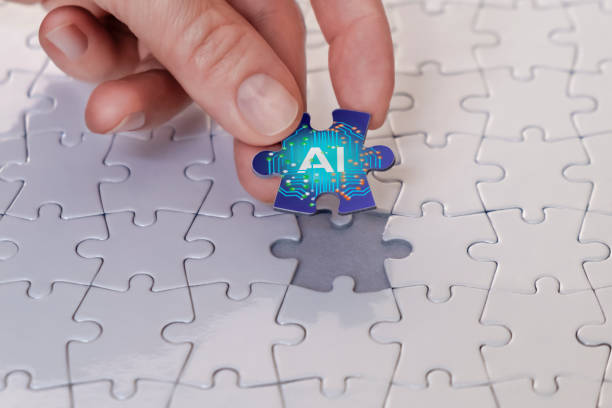
AI can be used to automate cyberattacks, making them more covert, faster, and harder to defend against. For example, AI can rapidly identify and exploit software vulnerabilities or use machine learning to increase the success rate of phishing. Below are specific examples and key characteristics of these risks.
1. Automated attacks
AI enables highly automated attacks that operate at scale and speed. These systems can scan large codebases to find vulnerabilities, craft tailored payloads, and adapt tactics in real time, increasing stealth and reducing the time defenders have to respond.
2. Deepfakes
Deepfakes use AI, especially deep learning, to create or alter visual and audio content. This technology can convincingly replace a person's face or voice in video or audio, making forged content difficult for humans to detect and increasing the risk of social engineering and fraud.
3. Privacy intrusion
AI applications in data analysis can unintentionally invade personal privacy. As machine learning and deep learning process large datasets more effectively, they can infer sensitive information about individuals from combinations of data that were thought to be anonymized.
4. Data security
AI training requires large datasets that may include personal sensitive information, trade secrets, or other critical data. If these datasets are not properly protected during collection, storage, or training, they become targets for theft or leakage.
5. Ethics and accountability
AI-related cybersecurity incidents raise complex ethical and accountability questions. Determining responsibility for harm caused by autonomous systems is often unclear, and established frameworks for addressing those questions are still evolving.
6. Legal and regulatory challenges
Legal and regulatory issues include data protection, intellectual property, liability allocation, and the intersection of ethics and security. Existing laws may not adequately address the capabilities and risks introduced by AI.
7. Adversarial attacks
Adversarial attacks target AI systems by crafting inputs, such as images, audio, or text, that intentionally mislead models into making incorrect predictions or decisions. These attacks can undermine model integrity and reliability in security-sensitive contexts.
8. Dependence and fragility
Heavy reliance on AI can introduce systemic vulnerabilities. When security systems depend on the accuracy and robustness of AI algorithms, model errors, training flaws, or distributional shifts can produce cascading failures across defenses.
9. Transparency and explainability
Transparency and explainability remain key challenges for AI, especially in situations involving security, ethics, or legal liability. Lack of clear explanations for AI decisions hinders incident analysis, compliance, and trust in defensive systems.
10. Resource inequality
Differences in AI development and deployment capabilities create resource inequality. Organizations and regions with limited access to data, compute, or expertise face disadvantages in both building defenses and understanding emerging AI threats, widening existing security gaps.
 ALLPCB
ALLPCB







